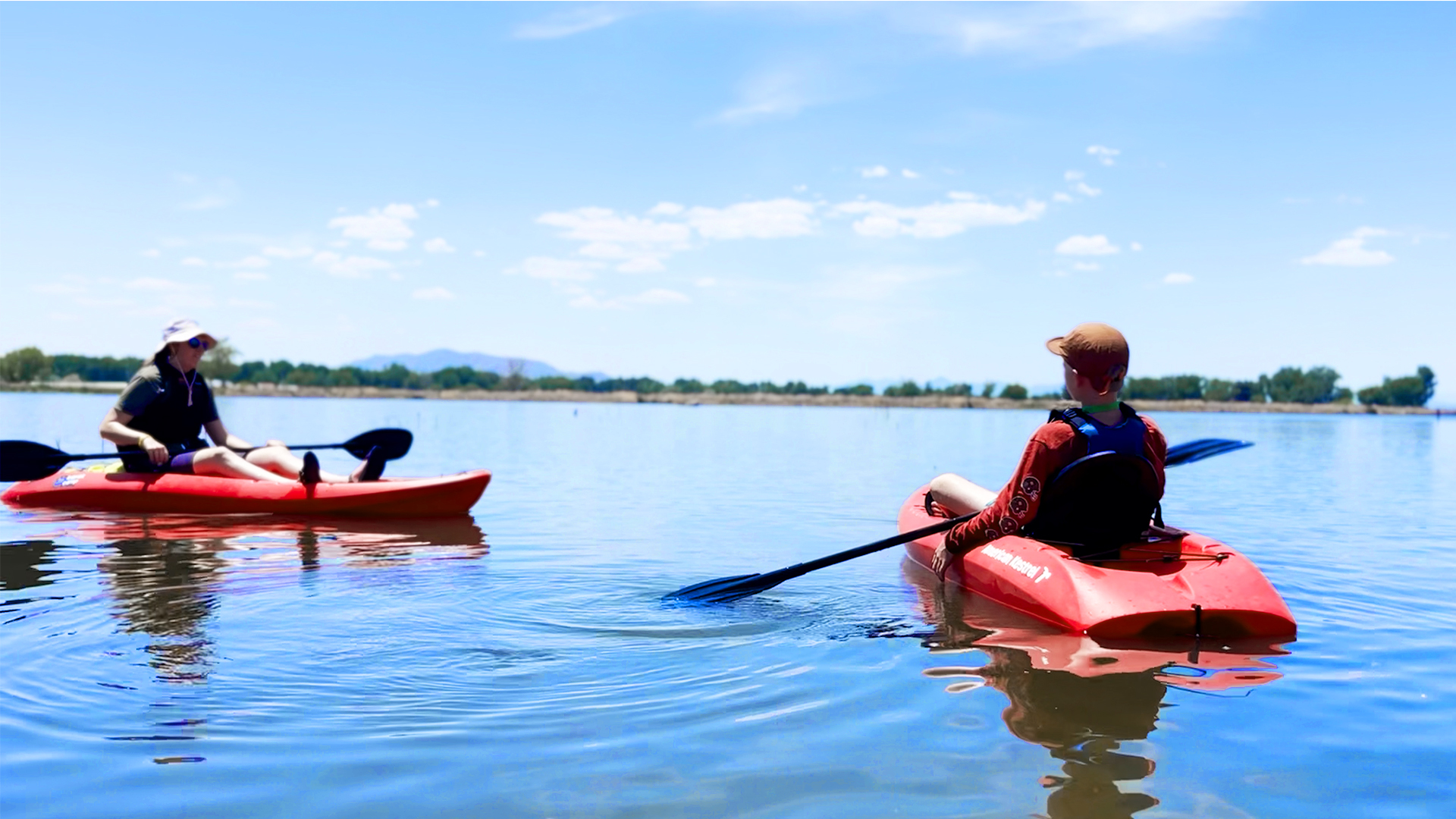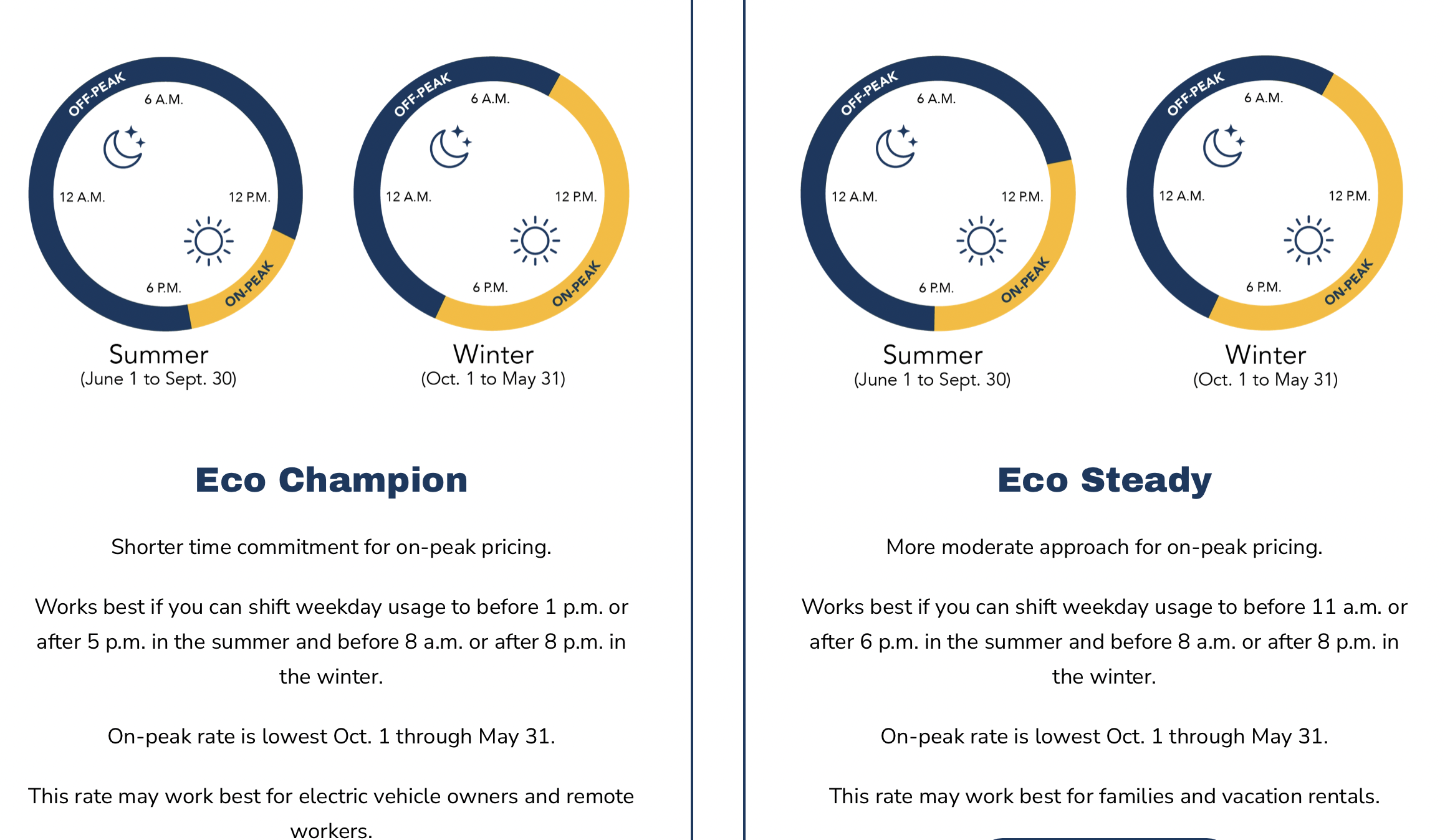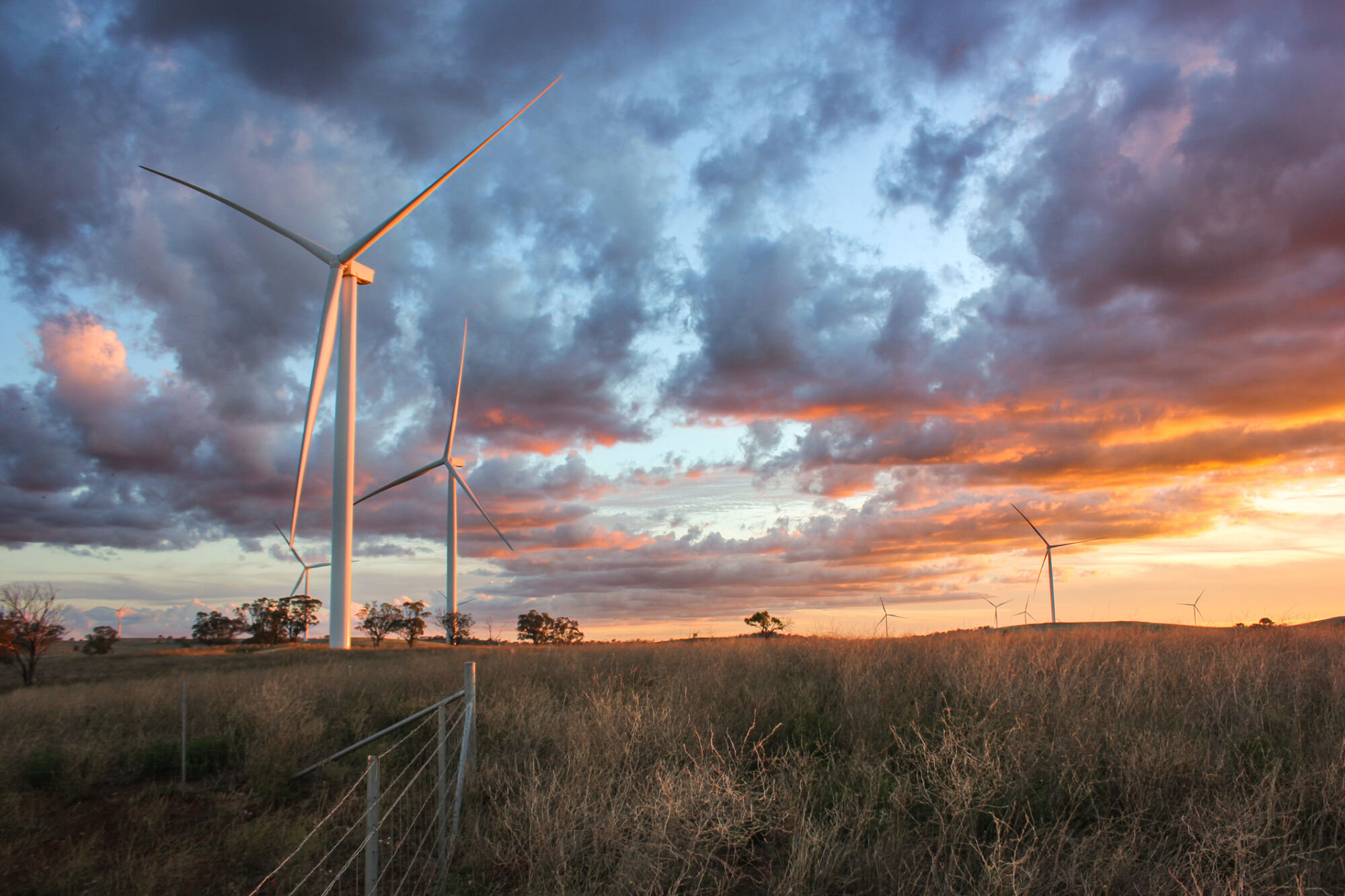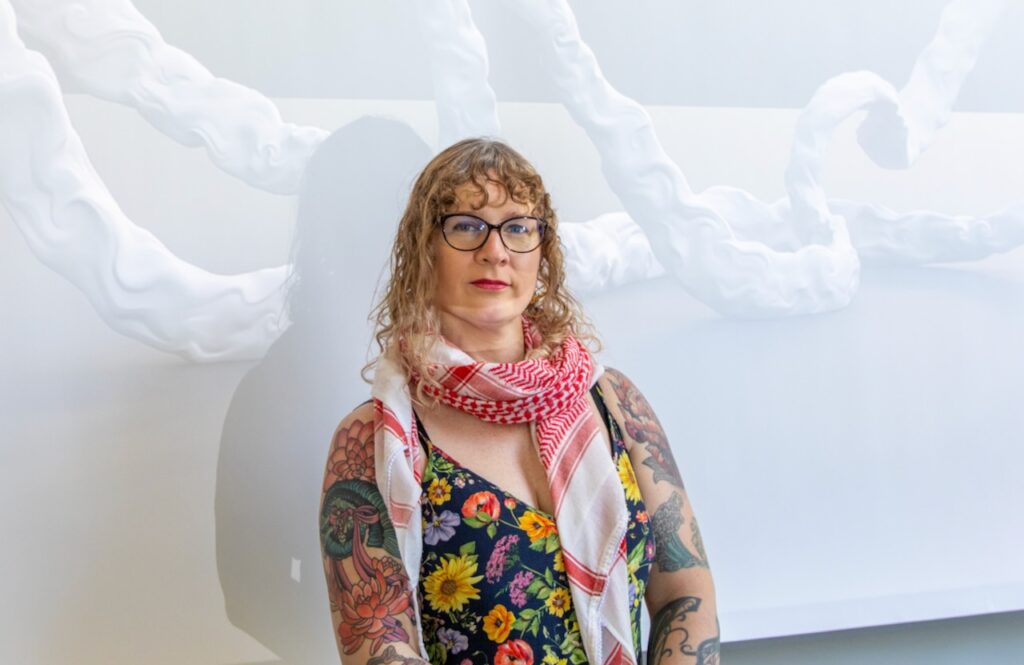From Campus to Kayaks: BYU students teach local school children about Utah wetlands – BYU News

Report on the Provo River Delta Restoration and Associated Educational Initiatives
Project Overview and Environmental Impact
The Provo River Delta Restoration Project, located west of Brigham Young University, has successfully rehabilitated a wetland ecosystem. The project features a network of braided channels and ponds designed to enhance the natural environment. The ecological outcomes of this restoration align with several United Nations Sustainable Development Goals (SDGs).
Alignment with Sustainable Development Goals (SDGs)
- SDG 6: Clean Water and Sanitation: The dynamic channel system naturally improves the quality of water flowing into Utah Lake.
- SDG 14: Life Below Water: The project has been instrumental in the recovery of the June sucker fish, a species that was near extinction. The restored habitat has enabled a record number of these fish to migrate, contributing to the revitalization of local aquatic ecosystems.
- SDG 15: Life on Land: The restored wetland has increased biodiversity by providing a rich habitat for native plants and wildlife.
- SDG 11: Sustainable Cities and Communities & SDG 13: Climate Action: The creation of a high-capacity floodplain enhances the region’s resilience to flooding, a critical climate adaptation measure that protects local communities and infrastructure.
Educational Outreach: The Wetland Kayak Camp
In support of SDG 4: Quality Education, a two-day “Kayak Camp” has been developed by Brigham Young University graduate Josh Hammari as a Master of Public Administration capstone project. This initiative, created in partnership with BYU’s Bean Life Science Museum (SDG 17: Partnerships for the Goals), aims to educate children aged 8-12 on environmental science and stewardship.
Program Objectives and Methodology
The camp’s primary objective is to foster a connection to and appreciation for natural ecosystems, which is a foundational component of education for sustainable development (SDG Target 4.7). The program seeks to build comfort and confidence in outdoor recreation while delivering scientific knowledge that promotes environmental stewardship.
The camp’s methodology includes:
- Classroom Instruction: Participants receive foundational knowledge on wetland ecology, the specifics of the Provo River Delta, and essential kayaking safety protocols.
- Field Immersion: Students engage in hands-on learning through kayaking and hiking within the delta. Guided by field biologists and BYU student educators, campers observe, identify, and document the local flora and fauna. This experiential learning model is designed to be more impactful than traditional classroom settings.
The program emphasizes the value of learning within a natural environment, allowing participants to directly observe ecological systems and develop a deeper understanding of the interconnectedness of the natural world.
1. Which SDGs are addressed or connected to the issues highlighted in the article?
-
SDG 4: Quality Education
The article highlights the creation of the “Kayak Camp,” an educational program designed to “inspire wonder and environmental stewardship in 8-12 year olds.” This directly connects to the goal of providing quality education, specifically education for sustainable development.
-
SDG 6: Clean Water and Sanitation
The restoration project is explicitly credited with environmental benefits related to water. The article states that the “dynamic nature of these braided channels improves water quality,” linking the project’s outcomes to the core objectives of SDG 6.
-
SDG 14: Life Below Water
The project’s success in reviving the June sucker fish, an aquatic species, from “near extinction to a thriving population” directly relates to the protection of aquatic life. The restoration of the delta ecosystem, which connects to Utah Lake, supports the health of inland water bodies.
-
SDG 15: Life on Land
This is a central SDG in the article. The “Provo River Delta Restoration Project” is a direct action to restore a wetland ecosystem. The article emphasizes that the project “increases biodiversity” and protects a threatened species (the June sucker), aligning perfectly with the goal of protecting terrestrial and inland freshwater ecosystems.
2. What specific targets under those SDGs can be identified based on the article’s content?
-
Target 4.7: Education for sustainable development and global citizenship
The Kayak Camp’s mission is to “inspire wonder and environmental stewardship” and help students “learn science that leads to increased stewardship.” This aligns with Target 4.7, which aims to ensure learners acquire the knowledge and skills needed to promote sustainable development.
-
Target 6.6: Protect and restore water-related ecosystems
The article’s focus on the “restored wetland” and the “Provo River Delta Restoration Project” is a direct implementation of this target. The project’s purpose is to restore a specific water-related ecosystem.
-
Target 15.1: Conserve and restore terrestrial and inland freshwater ecosystems
This target is addressed by the very existence of the “Provo River Delta Restoration Project,” which is an initiative for the conservation and restoration of a wetland, a key type of inland freshwater ecosystem mentioned in the target.
-
Target 15.5: Protect biodiversity and natural habitats
The article provides clear evidence for this target by stating the project “increases biodiversity” and, most notably, “revived the June sucker fish from near extinction to a thriving population.” This is a direct action to halt biodiversity loss and protect a threatened species.
3. Are there any indicators mentioned or implied in the article that can be used to measure progress towards the identified targets?
-
For Target 4.7:
An indicator is the implementation of educational programs focused on sustainable development. The article describes the creation and operation of the “Kayak Camp,” including its curriculum (“classroom learning about the Provo River Delta and wetland ecology”) and activities (“kayak and hike, learning from field biologists”), which serves as a tangible indicator of education for sustainable development in action.
-
For Target 6.6:
A key indicator is the change in the extent and quality of water-related ecosystems. The article provides evidence of this through the description of the “restored wetland” and the direct statement that the project “improves water quality.”
-
For Target 15.1 & 15.5:
Progress can be measured by indicators related to ecosystem health and species status. The article provides two strong indicators:
- Increased Biodiversity: The general statement that the project “increases biodiversity” is an indicator of improved ecosystem health.
- Species Recovery (Red List Index): A very specific indicator is the recovery of the June sucker. The article notes it was revived from “near extinction” and the hidden text in a link specifies the “2021 june sucker downlisted to threatened.” This change in conservation status is a direct measure of success in protecting a threatened species, reflecting progress related to the IUCN Red List Index (Indicator 15.5.1).
4. Create a table with three columns titled ‘SDGs, Targets and Indicators” to present the findings from analyzing the article. In this table, list the Sustainable Development Goals (SDGs), their corresponding targets, and the specific indicators identified in the article.
| SDGs | Targets | Indicators |
|---|---|---|
| SDG 4: Quality Education | Target 4.7: Ensure all learners acquire knowledge and skills needed to promote sustainable development. | The creation and curriculum of the “Kayak Camp” to teach environmental stewardship. |
| SDG 6: Clean Water and Sanitation | Target 6.6: Protect and restore water-related ecosystems. | The existence of the “restored wetland” and the measured outcome of “improved water quality.” |
| SDG 14: Life Below Water | Target 14.2: Sustainably manage and protect marine and coastal ecosystems. (Interpreted for connected inland freshwater ecosystems) |
The implementation of the Provo River Delta Restoration Project as an ecosystem-based management approach. |
| SDG 15: Life on Land | Target 15.1: Conserve and restore terrestrial and inland freshwater ecosystems.
Target 15.5: Protect biodiversity and halt the extinction of threatened species. |
The restoration of the Provo River Delta wetland.
The stated outcome of “increases biodiversity.” The recovery of the June sucker fish from “near extinction,” including its official downlisting to “threatened” status in 2021. |
Source: news.byu.edu

What is Your Reaction?
 Like
0
Like
0
 Dislike
0
Dislike
0
 Love
0
Love
0
 Funny
0
Funny
0
 Angry
0
Angry
0
 Sad
0
Sad
0
 Wow
0
Wow
0












































































